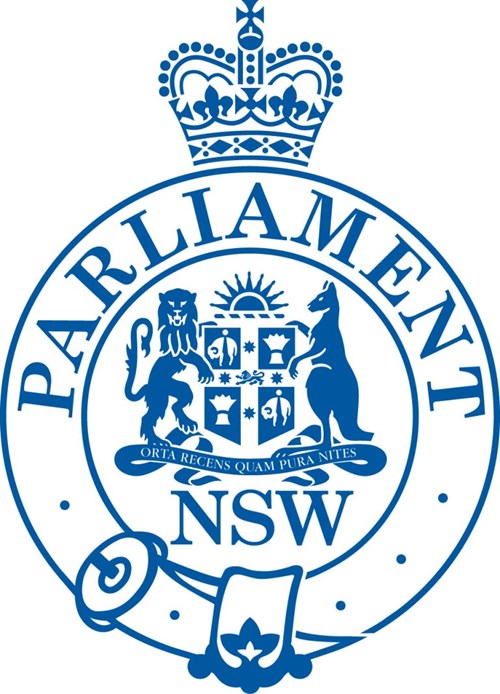The latest Bureau of Health Information (BHI) quarterly results show GP shortages coinciding with record pressure on emergency departments (ED), including in the Illawarra-Shoalhaven and South Eastern Sydney Local Health Districts (LHD).
There were 42,532 presentations to EDs in the Illawarra Shoalhaven LHD, an increase of 2.3%. In South Eastern Sydney LHD there were 59,442 presentations to EDs, an increase of 1.4%.
The BHI results show the pressure on NSW EDs coincides with more residents struggling to access care through general practitioners (GPs).
The BHI results include new data showing a dramatic net decrease in the number of GP attendances per 100,000 people in NSW between 30 June 2020 and 30 June 2023 – from 681,244 to 653,802. This is the first and most significant decrease in GP attendances in over ten years of BHI reporting.
This is consistent with the latest data from the Federal Department of Health & Aged Care which shows there were fewer GPs in NSW in 2023 than in 2019 – falling from 9,700 to 9,485.
NSW Health Minister Ryan Park is concerned that people are putting off care and management, particularly of chronic conditions, leading to their conditions deteriorating to a point where they become very unwell and need to present to an ED requiring critical care.
The BHI results show category 1, 2 and 3 presentations to EDs (representing the sickest patient cohort) have increased to record levels, outpacing population growth.
There are some patients, however, presenting to EDs because they simply either cannot afford a GP, or are finding the next GP appointment is days or weeks away.
Admitted patients waiting for aged care or NDIS placements are also placing pressure on patient flow, with almost 800 exceeding their estimated date of discharge, waiting a cumulative total of 41,000 days in NSW hospitals – or well over a century’s worth of bed days.
Encouragingly, the Illawarra-Shoalhaven LHD managed to undertake 3941 planned surgeries, and the South Eastern Sydney LHD managed to undertake 5860 planned surgeries during this period.
While access to primary care is managed by the Commonwealth, the NSW Government is partnering with HealthDirect to expand alternative care pathways. In 2023-24 more than 235,000 people who were assessed by HealthDirect received advice or referral to a health service avoiding a trip to the ED.
The NSW Government’s comprehensive strategy to relieve pressure on EDs includes creating pathways to care outside of the hospital as well as improving patient flow inside the hospital, through:
• $100 million for urgent care services and $171.4 million for three new virtual care services to divert hundreds of thousands of presentations from EDs;
• Allowing pharmacists to provide consultations for low complexity conditions, relieving pressure on GPs; and
• Improving patient flow within the hospital with $70 million for short stay units; $31.4 million for hospital in the home; and $53.9 million to deploy 86 patient flow officers in hospitals across the state.
The Minns Labor Government has also introduced the $189 million Bulk-Billing Support Initiative which will help stem declining bulk-billing rates, and foster greater access to GPs, and in turn, relieve pressure on our busy hospitals.
The NSW Government has also established an ED Taskforce to review statewide direction, performance improvement and planning for system‑-wide ED care in NSW.
Those with non-life-threatening conditions can access healthcare anywhere by calling HealthDirect for free on 1800 022 222 where you will speak with a registered nurse. Depending on your condition, the nurse will recommend the right care option for you and connect you with one of the many services available in NSW.
Quotes attributable to Minister for Health Ryan Park:
“We are so grateful for the hard work of our dedicated hospital staff who are confronted with unprecedented pressure.
“While our EDs grapple with unprecedented pressure, I’m really encouraged by the work being undertaken in creating alternative pathways to care outside of the hospital. This is almost a quarter of a million people who may have otherwise ended up a long time in a busy ED.
“We are undertaking a comprehensive and world leading range of measures to relieve our busy and stretched emergency departments.
“We know that the Federal Government is working hard to undo the impacts of the Federal Liberals’ freeze on Medicare rebates which had severe consequences for the accessibility of GPs.
“While access to primary care and GPs is a federal responsibility, the NSW Government is playing our part by investing in pathways to care outside of the hospital, while improving patient flow within the hospital. But we cannot do this on our own, and we are continuing to see our state health system shoulder the burden of the crisis in primary care.”
Quotes attributable to Member for Heathcote, Maryanne Stuart:
"The Illawarra Shoalhaven and South Eastern Sydney Local Health Districts have demonstrated remarkable resilience in the face of unprecedented demand. Our dedicated healthcare workers are working tirelessly to manage the increasing number of emergency department attendances while continuing to provide top-quality care to our community."
"The recent BHI results highlight a concerning rise in emergency department attendances, coinciding with a net decrease in the number of GP attendance. This underscores the growing pressure on our health system and the urgent need for enhanced support and resources."
"The NSW Minns Labor Government is committed to tackling these issues head-on. Our strategy includes significant investments in bulk-billing support, urgent care services, virtual care, and patient flow improvements to alleviate the burden on our emergency departments and provide better access to care."


